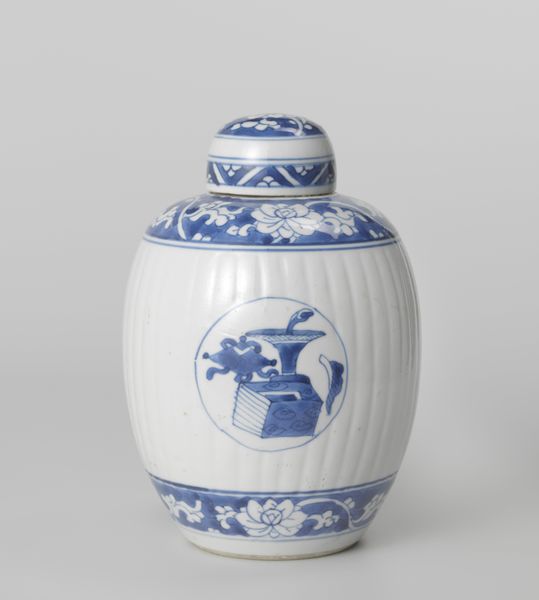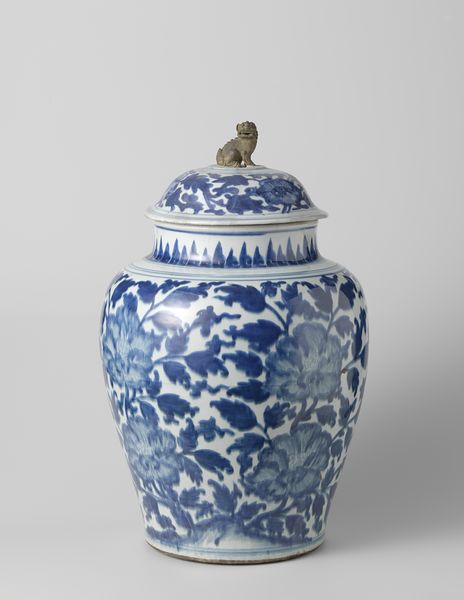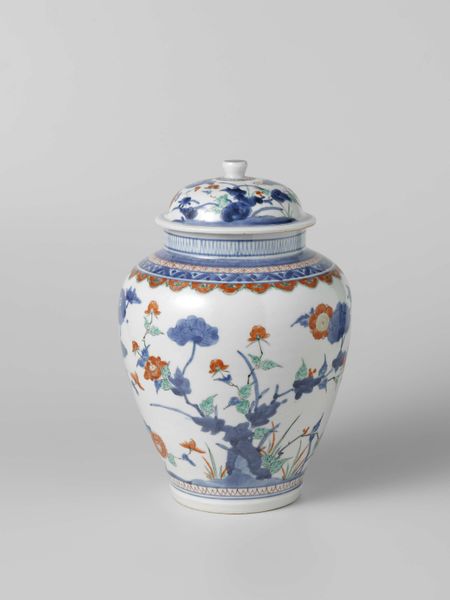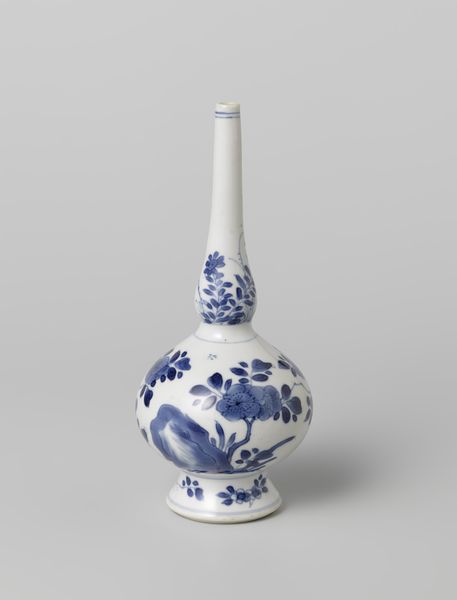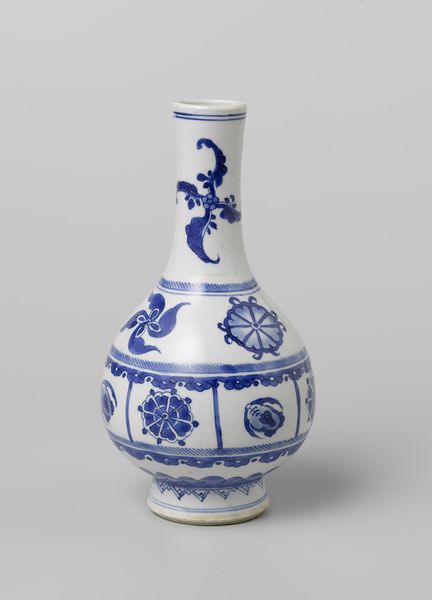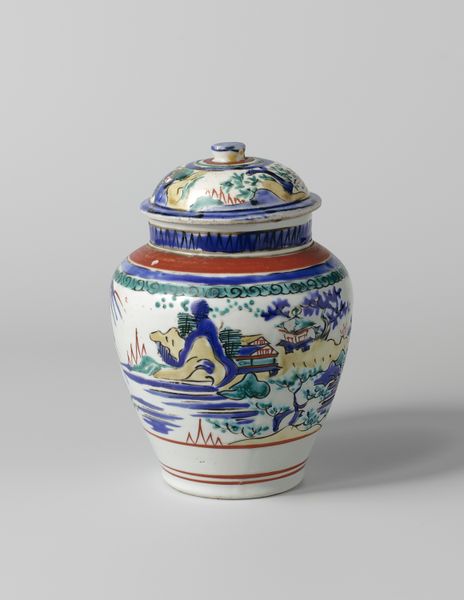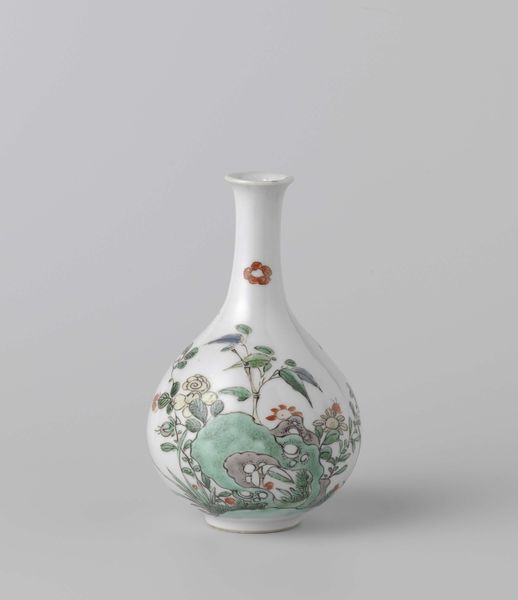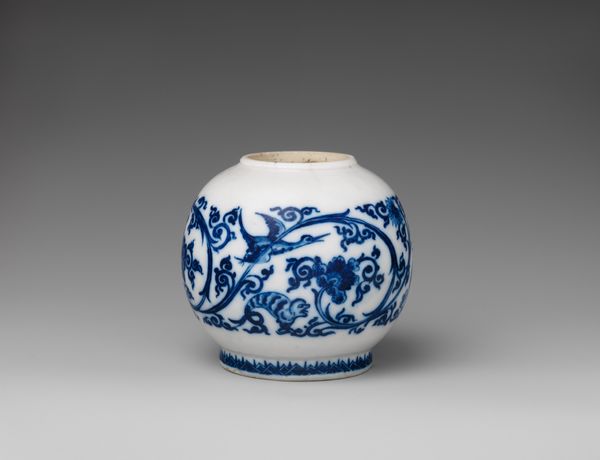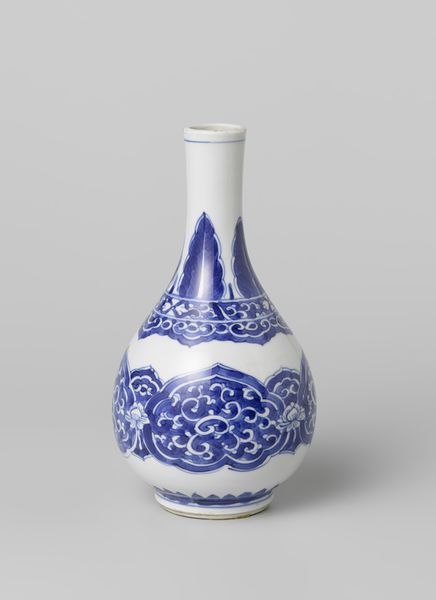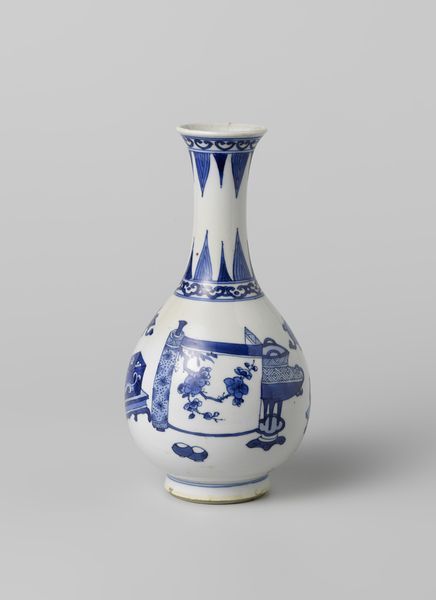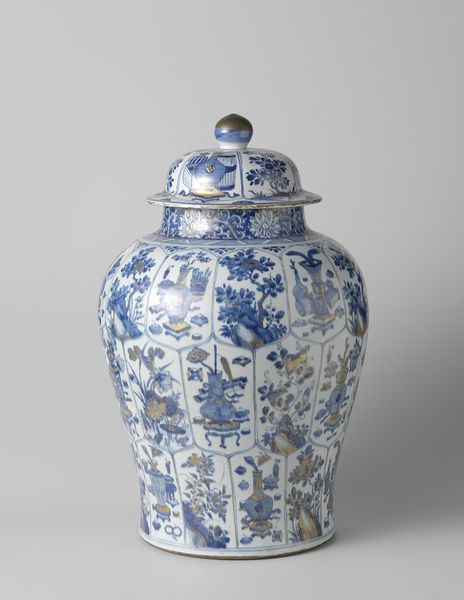
ceramic, sculpture
#
dutch-golden-age
#
ceramic
#
sculpture
#
orientalism
#
decorative-art
Dimensions: Height: 4 in. (10.2 cm)
Copyright: Public Domain
This is Arij de Milde's teapot, made of red stoneware with a silver cover during the 17th century in the Netherlands. De Milde's teapot sits at the intersection of global trade, artistic expression, and social ritual. During the 17th century, the Dutch East India Company dominated trade with Asia, introducing new commodities like tea and porcelain to Europe. This teapot reflects the Dutch fascination with Asian ceramics, specifically Yixing ware from China, which was highly sought after for its quality and aesthetic. Notice how de Milde’s work imitates the originals but also speaks to the rise of the Dutch middle class and their adoption of tea drinking as a social practice. The ritual of tea drinking, often gendered and classed, became a symbol of refinement and sociability. Consider how this teapot transcends its function as a mere object for pouring tea. It embodies a complex interplay of cultural exchange, economic power, and the intimate rituals of daily life.
Comments
No comments
Be the first to comment and join the conversation on the ultimate creative platform.
